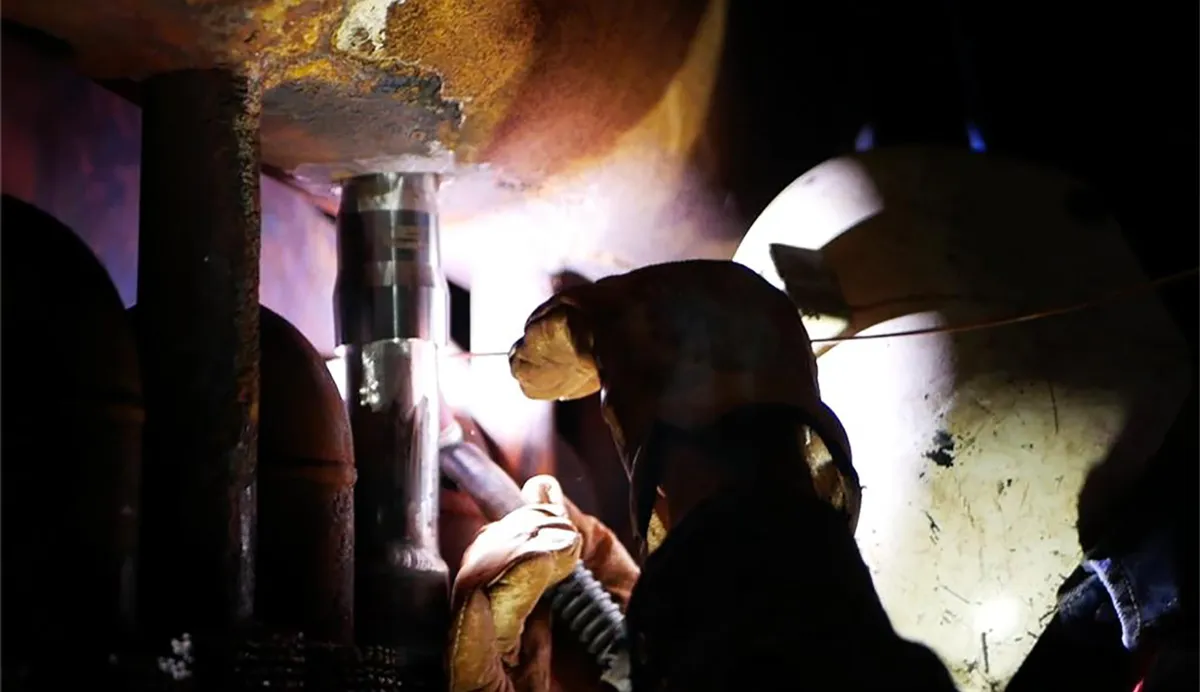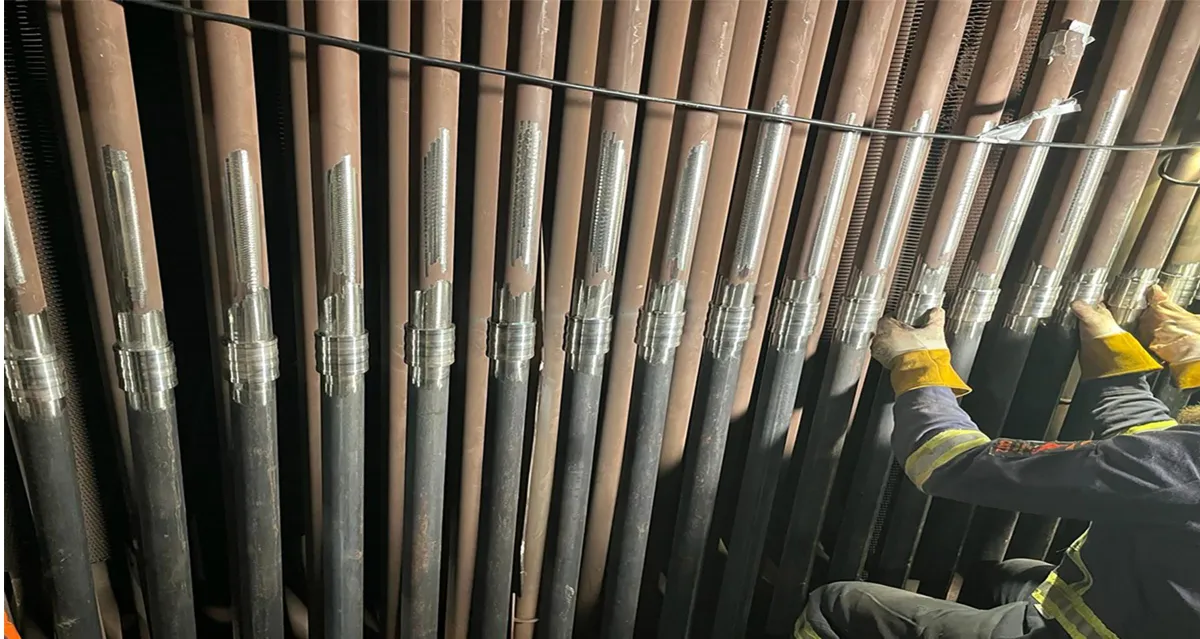Why Choose
Tuff Tube Transition?
Thin Tube Overwelding and Heat Affected Zone (HAZ):
TTT design minimizes the thermal fatigue between the tube and header, creating a stronger, more secure connection.
Transition Design to Manage HAZ:
Traditional repairs require open-root butt welds and purging, which are time-consuming and prone to oxidation. TTT eliminates these steps entirely (no need to purge any alloy type).

Ease of Fit-Up Compared to Conventional Welds:
Tuff Tube Transition allows for repairs to be completed in a fraction of the time compared to conventional methods — saving you valuable downtime and significantly reducing outage costs.

Risk Factors with Alloys like T91:

- Welding high-chrome alloys, such as T91, poses challenges such as the necessity for purging with back gas to prevent oxidation and contamination in the weld area.
- This process can be labor-intensive and risky, especially during repairs, and can significantly complicate the scenario. In a fabrication shop, it becomes even more wasteful, as time and resources are spent managing these restrictions during assembly.
Time Efficiency for Repairs and Fabrications:
- TTT design allows for faster fit-up and welding, whether for repairs, header replacements, or original equipment manufacturer (OEM) fabrication. The reduction in complexities translates to less downtime and more streamlined operations in both maintenance and production settings.
Compliance with ASME Section I:
- TTT products adhere to ASME Section I standards, which is crucial for ensuring the safety and reliability of boiler components.
- This regulatory compliance speaks to the quality and reliability of TTT Components, further differentiating them from traditional designs.
Conclusion
TTT Tuff Tube Transition aftermarket boiler components offer significant advantages over conventional designs, including minimized heat affected zones, ease of fit-up, reduced risk in the use of high-alloy materials, and compliance with industry standards. The innovative design leads to faster, safer, and more efficient welding processes, making TTT an ideal choice for both repairs and OEM fabrication in the boiler industry

